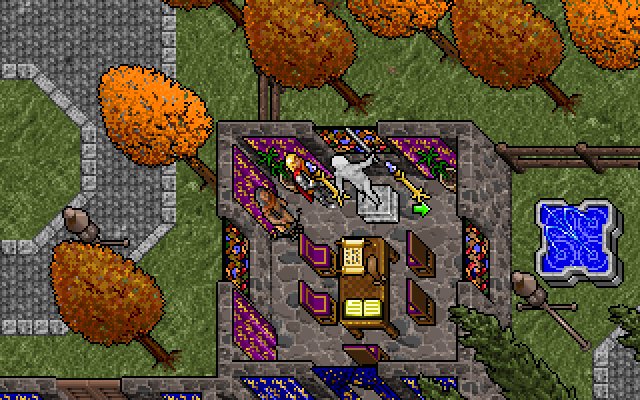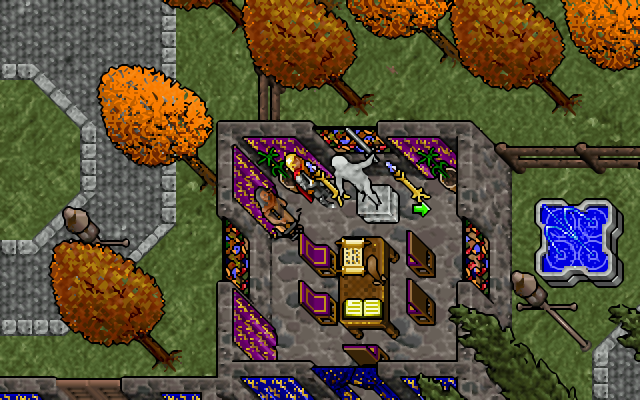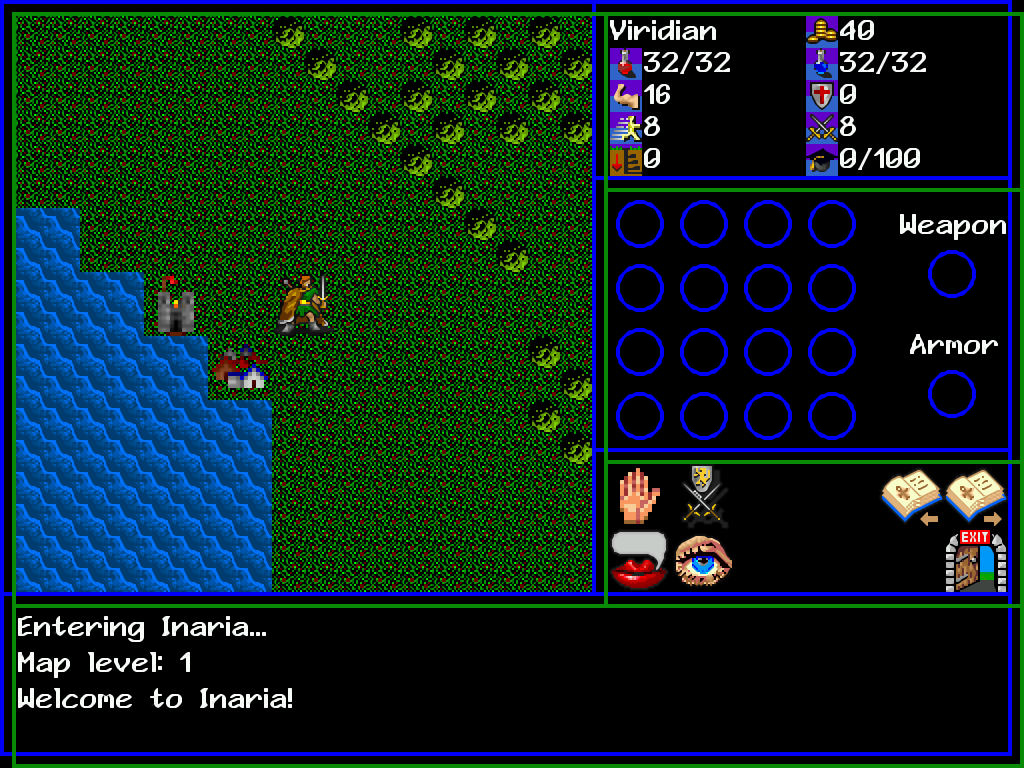So I had to go to the doctor yesterday. It wasn’t anything major, just needed a prescription.
The nurse couldn’t weigh me on the normal scale because I was over 350.
This is the most I’ve ever weighed. I gained a lot while I was unemployed and now it’s time to get rid of it. And I’m going to be using this blog to help me. I’m going to post my weight every day. You guys will be able to see whether or not I’m following my diet; I won’t be able to hide it.
I’m sick of this. Being overweight affects every aspect of your life, because it drains away all of your energy. It gets in the way of everything you want to do.
Time to put this thing away once and for all.



